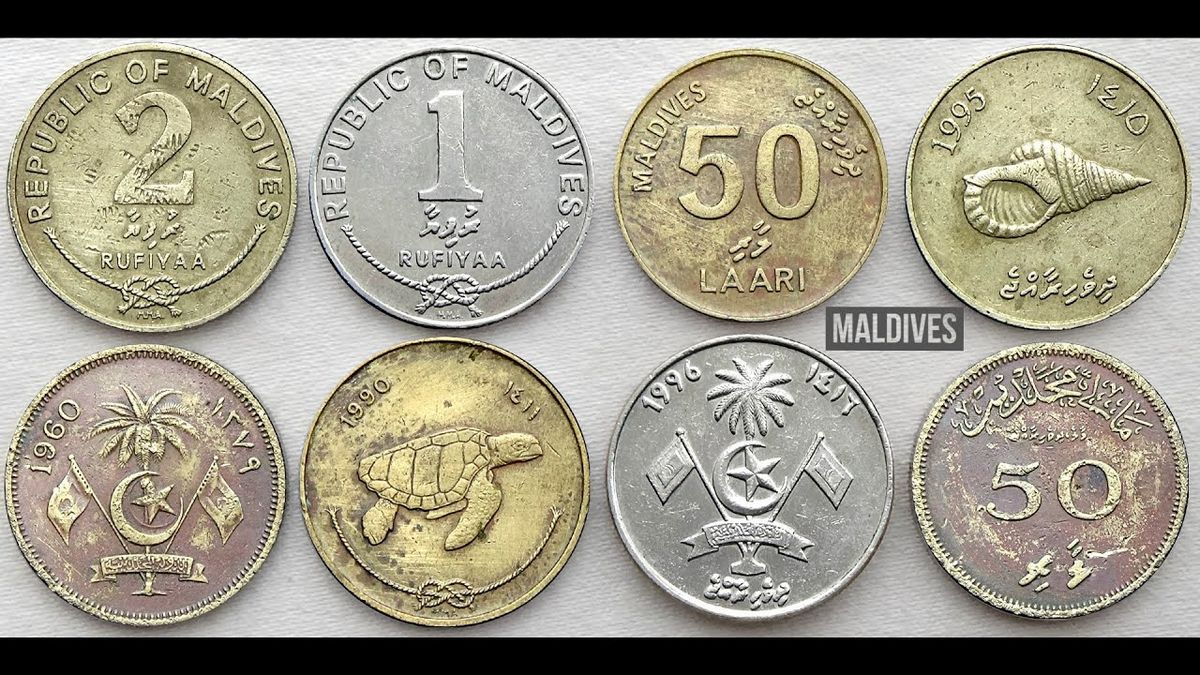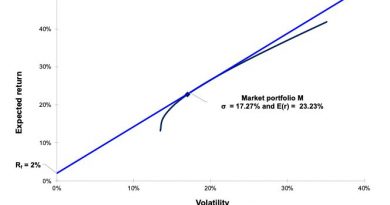Maldivian Rufiyaa MVR What it is Example

Contents
Maldivian Rufiyaa (MVR): What it is, Example
Skylar Clarine is a fact-checker and expert in personal finance with experience in veterinary technology and film studies.
What Is the Maldivian Rufiyaa (MVR)?
The Maldivian rufiyaa (MVR) is the national currency of the Republic of the Maldives. The rufiyaa consists of 100 subunits called laari and is represented by the currency symbol Rf. The name rufiyaa is derived from the Hindi Sanskrit word rupya, meaning "silver."
Key Takeaways
- The Maldivian rufiyaa is the currency of the Maldives.
- It entered circulation in 1947, replacing the Sri Lankan rupee.
- The economy of the Maldives heavily relies on tourism, which comprises about 30% of its total.
Understanding the MVR
The modern rufiyaa entered circulation in 1947, replacing the Sri Lankan rupee at a 1-to-1 value. Initially, this change only applied to the rufiyaa’s paper banknotes, with coins entering circulation in 1983. The laari has a history in the Maldives dating back to the 1800s. Both coins and banknotes are controlled by the Maldives Monetary Authority, the central bank of the Maldives.
Today, the most commonly used rufiyaa coins are in denominations of 1, 5, 10, 25, and 50. The popular banknote denominations include 2, 5, 10, 20, 50, 100, and 500. Historically, cowrie shells derived from sea snails were used as a type of currency, followed by strips of silver in the 1600s.
Modern rufiyaa banknotes feature scenes and symbols representing the culture and history of the Maldives. For example, the 5 rufiyaa note depicts people playing soccer, a popular pastime in the country. The 10 rufiyaa note features a man climbing a coconut tree, while the 1,000 rufiyaa note depicts a sea turtle.
Real-World Example of the MVR
Between August 2011 and June 2023, the value of the rufiyaa has been approximately $0.065 U.S. dollars (USD) for every 1 rufiyaa. Like all national currencies, the strength of the rufiyaa is based on the economy of its issuing country. In the case of the rufiyaa, the Maldivian economy heavily depends on tourism, which comprises roughly 30% of the country’s GDP. The importance of fish fillets and other fish products as Maldivian exports has decreased compared to tourism in recent years.
Overall, the Maldives is considered a success story in economic development. In 1989, the government began working toward economic reforms to expand exports and encourage foreign investment. Fishing was once the primary driver of the Maldivian economy, but today, tourism plays a major role. The industry was damaged by a tsunami in 2004 but has since recovered. The Maldives was one of the top 20 poorest countries in the world in the early 1980s, but according to the World Bank, it is now classified as an upper-middle-income country.


